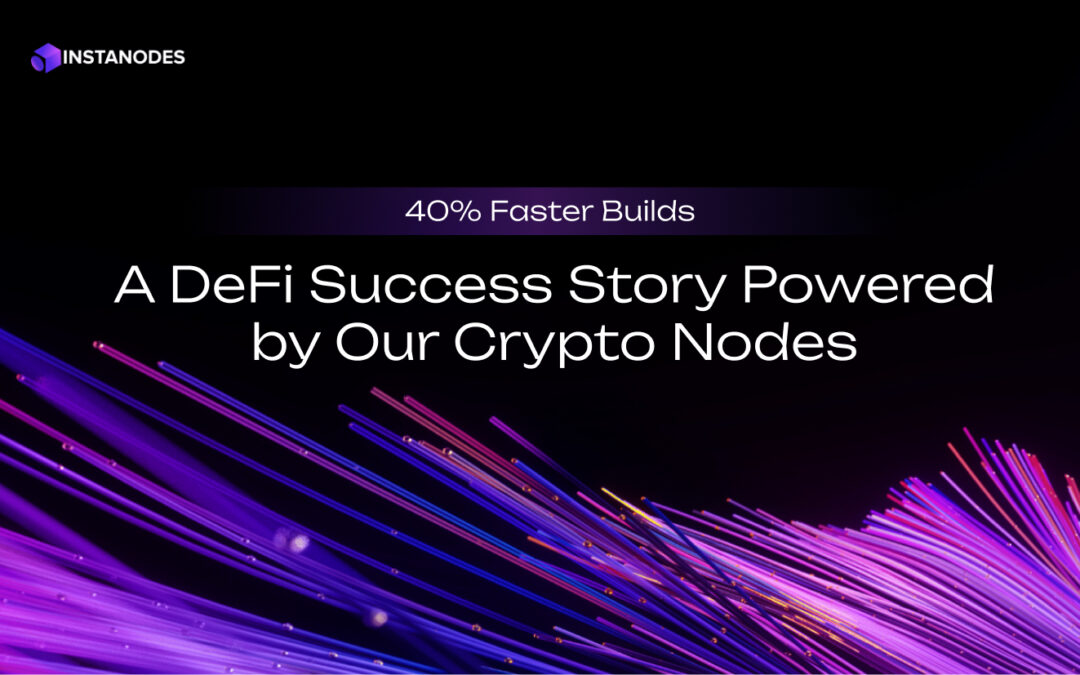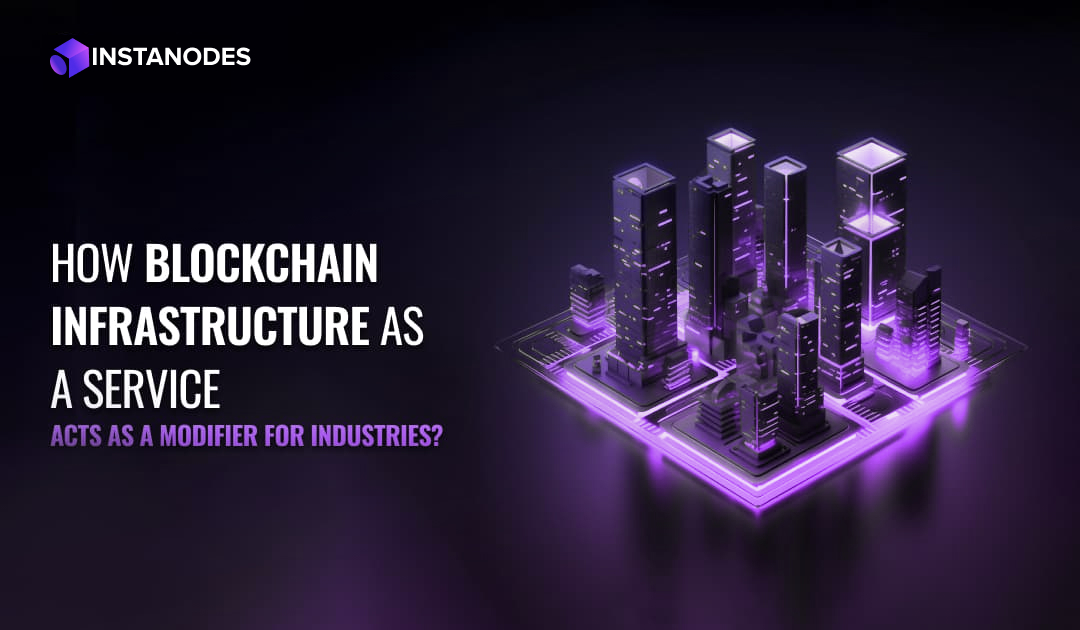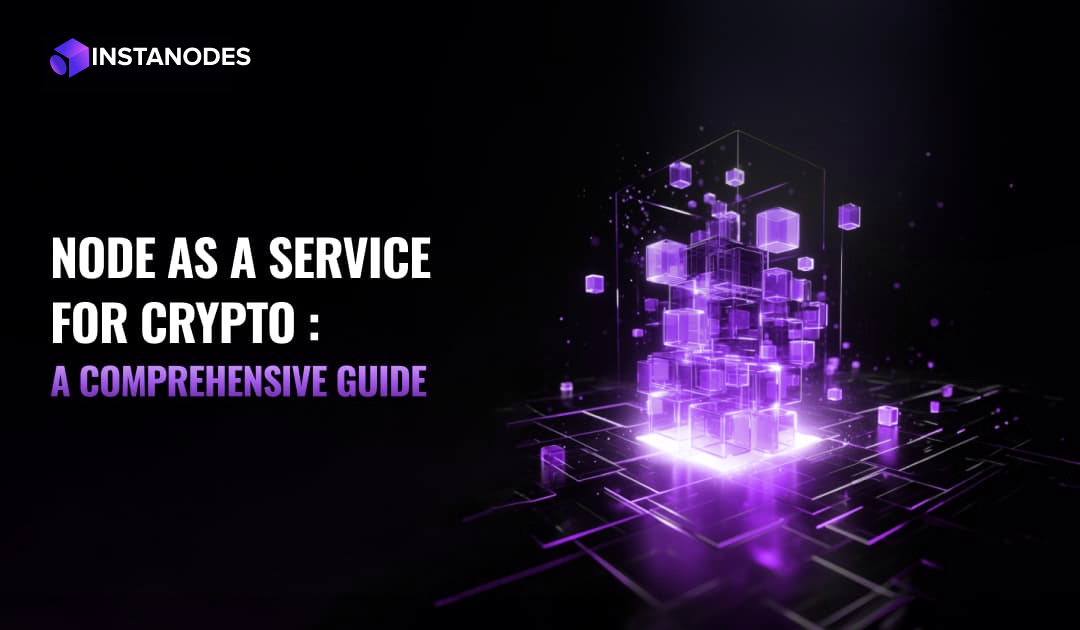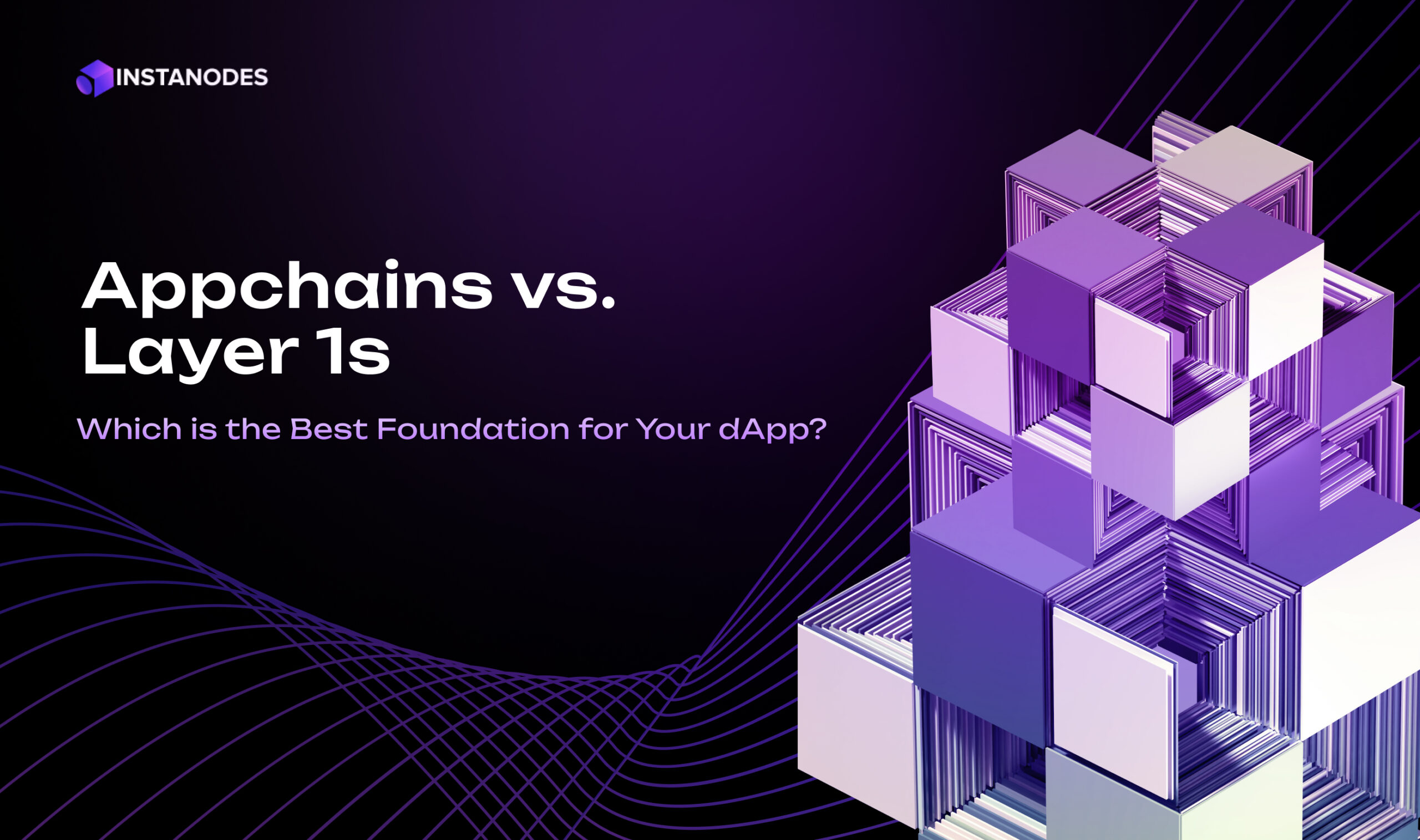Building in the DeFi space is exciting, but it’s also relentless. Every feature release, bug fix, or contract upgrade hinges on fast feedback loops, reliable infrastructure, and dev teams that can move quickly without being bogged down by technical hiccups.
Things were moving for one growing DeFi protocol, but not fast enough. Their developers were constantly hitting walls: flaky RPC responses, slow smart contract testing, and deployment delays that turned simple updates into drawn-out sprints.
That’s when they decided to switch gears and bring in a better foundation: high-performance crypto nodes from Instanodes.
What happened next was a game changer: a 40% reduction in development time, smoother testing workflows, and faster time-to-market, all made possible by the right node services.
Understanding the Challenges: Bottlenecks in DeFi Development
Developing and scaling a DeFi application isn’t just about smart contract logic. It’s a layered, complex process that relies heavily on accessing and interacting with the underlying blockchain via nodes. Unfortunately, this DeFi protocol, like many others, was running into performance issues early in the development lifecycle.
They encountered several bottlenecks:
- Unstable public RPC endpoints that timed out or throttled requests.
- Slow syncing when querying on-chain data during smart contract testing.
- Inconsistent data availability, especially during high network activity.
- High latency affecting test automation and integration pipelines.
- Limited throughput, delaying backend and front-end development.
These issues weren’t just frustrating, they were expensive. Every delayed transaction, failed contract call, or misfired test suite added friction to the team’s CI/CD pipeline, increasing the time-to-market.
At this point, they realized what many DeFi builders eventually came to learn: that public or generic node providers simply can’t keep up with the demands of modern decentralized applications.
Why Node Infrastructure Matters More Than You Think
Crypto nodes act as the gateway between your dApp and the blockchain. Whether you’re querying balances, fetching logs, testing smart contracts, or building dashboards, your node services provider lays the foundation of all activity.
For a DeFi protocol pushing new contracts weekly, the importance of reliable node infrastructure cannot be overstated. Subpar node performance leads to:
- Missed deadlines due to unreliable RPC calls.
- Broken test environments with flaky data.
- Inability to test edge cases across different block heights.
- Slower feedback loops for QA and deployment.
- Inefficient team workflows, especially in backend and DevOps.
Don’t you think that trying to build a DeFi protocol on unreliable node infrastructure is like trying to code on a laptop with a dying battery and spotty internet? It’s technically possible, but you’ll burn your team out doing it.
That’s the reason why enterprises prefer to look for reliable node services, and Instanodes grabs their attention as we build and maintain nodes for EVM and non-EVM blockchains with equal ease.
Our Solution: High-Performance Nodes Built for Scalability
Instanodes offers fully managed, high-performance crypto nodes designed specifically for Web3 builders who need consistency, speed, and scale.
For this DeFi protocol, we implemented a custom private RPC node cluster tailored to their most-used chains, Ethereum, Arbitrum, and Polygon. Our deployment included:
- Dedicated full nodes with load balancing to ensure zero downtime.
- Geo-redundant infrastructure for optimal latency across regions.
- Auto-scaling RPC endpoints to handle increased testnet and mainnet loads.
- Archive node support for historical data access and debugging.
- Custom metrics and alerts to monitor usage, health, and performance.
Our architecture was engineered to support their continuous integration pipeline and smart contract testing framework without interruption. No rate limits. No inconsistent responses. Just raw, reliable node power.
By offloading their infrastructure burden to Instanodes, their team could finally focus on building features, not debugging RPC issues.
How Reliable Node Infrastructure Transformed Their Smart Contract Testing
Smart contract testing is an iterative, high-frequency process. It involves simulating various on-chain conditions, handling gas estimations, evaluating edge cases, and checking storage changes across blocks. To do this efficiently, you need RPC endpoints that are:
- Fast
- Consistent
- Synchronized
- Highly available
Once the DeFi protocol switched to our node services, their developers saw immediate improvements in their test environments:
- Faster Feedback Loops: Test suites that previously took 8–10 minutes were executing in less than 5 minutes.
- Higher Test Accuracy: With reliable archive node access, they could test against historical data and edge cases.
- Parallel Testing: No more race conditions or RPC timeouts. Multiple devs could run heavy simulations without conflict.
- Improved Automation: End-to-end tests were now integrated directly into their CI/CD pipeline using our stable WebSocket support.
The result? Developers no longer had to wait for flaky test runs or reconfigure environments due to unstable nodes. Their velocity picked up, and the entire development lifecycle from writing code to deploying on testnet became smoother.
The Results: 40% Reduction in Development Time and Faster Deployments
After just one sprint using our node infrastructure, the protocol’s engineering lead reported a measurable 40% reduction in development time. Over the next six weeks, here’s what that looked like in practice:
- Faster Test Cycles: With stable crypto nodes, test durations dropped by 45%, and success rates increased.
- Accelerated Deployments: Integration issues due to inconsistent node behavior were eliminated, cutting staging time in half.
- Streamlined DevOps: No more switching between public endpoints or waiting on synced nodes. Everything worked out of the box.
- Increased Output: The team was able to ship two additional features per sprint—features that were previously postponed due to infrastructure constraints.
From a business perspective, it helped to achieve lower engineering costs, improved time-to-market, and greater developer satisfaction. Engineers weren’t wasting time chasing bugs caused by infrastructure. They were innovating, exactly what DeFi demands.
Bottom Line
The lesson is clear: your node infrastructure is not just a backend detail—it’s a core part of your development workflow.
In a world where DeFi protocols are judged by how quickly they ship, iterate, and scale, relying on unreliable RPCs is a risk you can’t afford. Whether you’re in the testing phase or running a production-grade app, your choice of node services directly impacts your speed, efficiency, and ability to innovate.
At Instanodes, we help high-performing Web3 teams supercharge their development with dependable, scalable, and lightning-fast crypto nodes across major blockchains. If your protocol is battling slow tests, failed deployments, or dev burnout due to infrastructure issues, it’s time to level up.
Don’t let weak infrastructure hold your DeFi protocol back. Partner with Instanodes and save time, reduce costs, and focus on your core business activities.
Contact us today to explore customized node solutions for your team.




